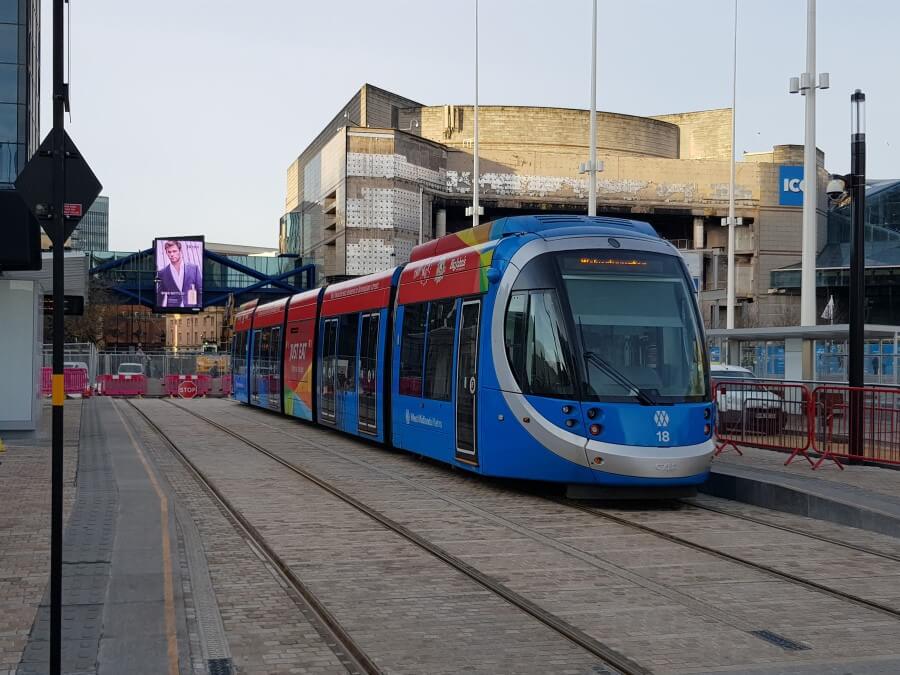
Reen Blake-Carr uses the WMREDI City Index Model to compare the performance of three major cities in the West Midlands - Birmingham, Coventry, and Wolverhampton. View the City Index, part of the WMREDI Data Lab.
About the City Index
The City Index looks at different cities in the region and evaluates them based on 10 category scores ranging from the business environment, skills and labour, and economic development to name some of them. The city index was developed to give users a general idea of how cities are performing whether on their own or when compared to each other.
Using around 49 metrics for all of the categories, the city index provides a comprehensive analysis of cities from all over England using data that comes from our own database. Most of the datasets used for the city index are automatically updated so the dashboard is regularly updated with the newly released data. Work is being carried out to enable all of the datasets being used for the city index to become automatically updated so it has the most consistent and up-to-date information available.
Comparison of cities in the West Midlands using the City Index
Using the City Index to compare Birmingham, Coventry, and Wolverhampton, the cities are very similar in terms of society and well-being, and inclusivity. But they also have differences between the categories shown on the City Index.

Innovation
Innovation is an area where Birmingham performs better than Coventry or Wolverhampton. The innovation category is comprised of 5 metrics and when each metric is selected to be compared against each city, the metrics show that Birmingham is performing better. For example, the number of patents filed metric shows that Birmingham universities file more patents than their Coventry and Wolverhampton counterparts.
This is expected as Birmingham has more Higher Education providers than Wolverhampton or Coventry.
Another metric used for innovation is the probability of automation metric, which shows that Wolverhampton has the highest probability of automation with Coventry coming second and Birmingham coming third. A high level of automation shows that there is a substantial risk of employee jobs in the area of being lost to technology and machines. With the three cities at risk of high levels of automation, this could suggest that there are lower levels of resilience to future growth and this could have adverse effects such as a rise in unemployment and a skills gap that will make it harder for businesses to fill.

Skills, labour and unemployment
In terms of skills and labour, Coventry is doing better than Wolverhampton and Birmingham. Looking at the Known NEETs% metric which shows known 16 to 17-year olds, not in education, employment, and training, Coventry shows 0.6 whereas Birmingham and Wolverhampton are above 0.7 which indicates that Coventry has a lower amount of 16 to 17-year olds who are not in education, employment and training than its West Midlands counterparts.
However, Coventry has higher levels of unemployment (0.44 on the metric index) than Birmingham and Wolverhampton, with the former having the lowest level, just barely rising above 0.0 on the metric index. The unemployment rate metric is reported through the annual population survey as opposed to other measures such as the claimant count – the number of people on unemployment benefits which if included in the city index may show a different result than the unemployment rate metric currently used.

Conclusion:
In conclusion, the city index offers an in-depth analysis of a wide number of metrics that allows for a number of comparisons to be made between the cities in the west midlands and also the cities that cover England nationally. This will allow for comprehensive regional analysis to be conducted on any of the several categories that have been created for the purpose of this dashboard. This dashboard offers in-depth analysis in terms of allowing the user to select any of the 49 metrics used within this dashboard to observe any of the results the data shows. Also, the city index uses a number of datasets that are automatically updated, and as such this allows users to have access to the most up-to-date data and so the outputs that the city index shows will be different every time a new/amended dataset is released. The city index will be useful for users/stakeholders who want to conduct comparative analysis at a local/regional and national level and want to observe how different cities are performing against each other and how regions are performing against each other.
View the City Index, part of the WMREDI Data Lab.
This blog was written by Reen Blake-Carr, Policy and Data Analyst, City-REDI / WMREDI, University of Birmingham.
Disclaimer:
The views expressed in this analysis post are those of the authors and not necessarily those of City-REDI / WMREDI or the University of Birmingham.
